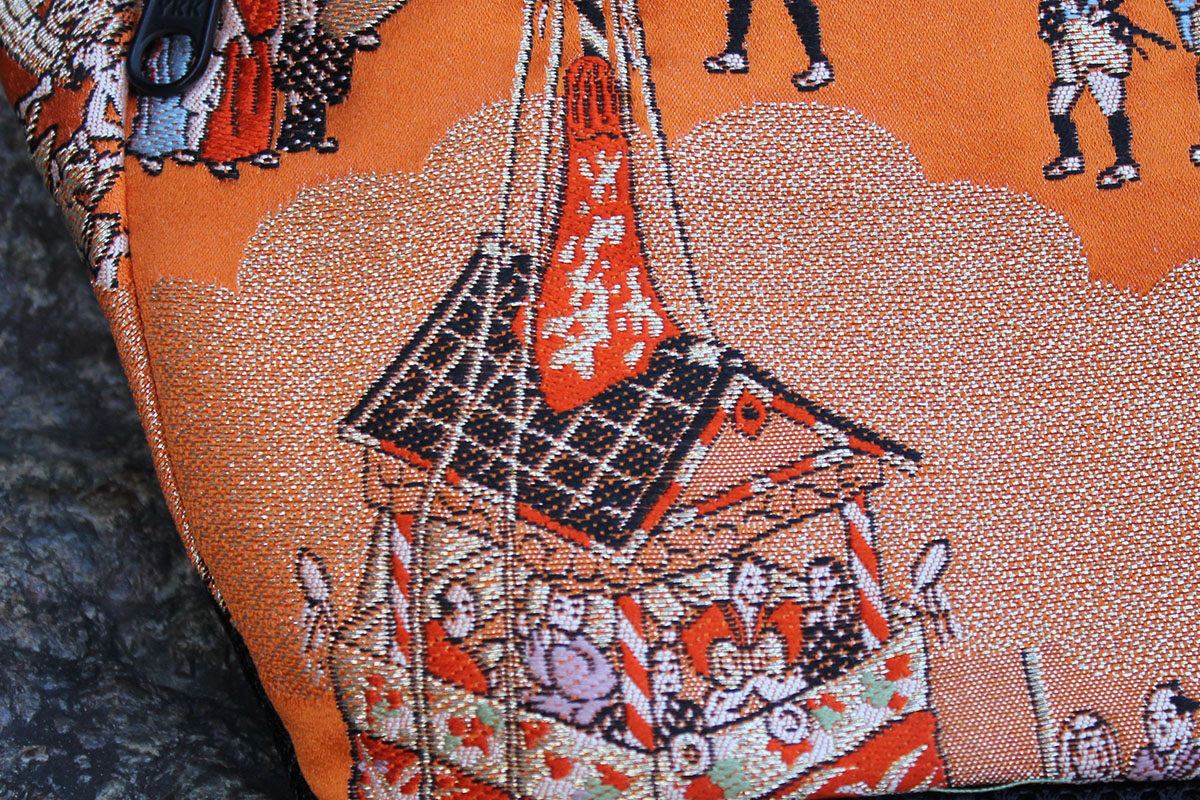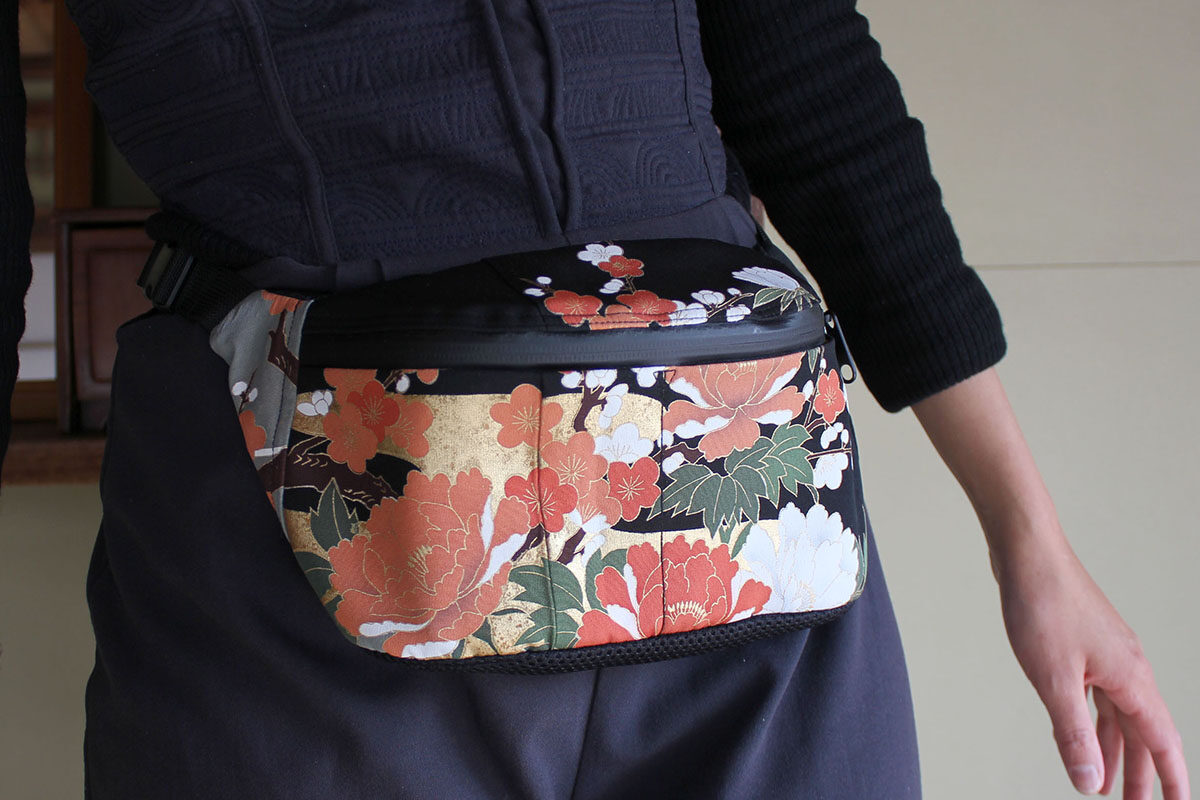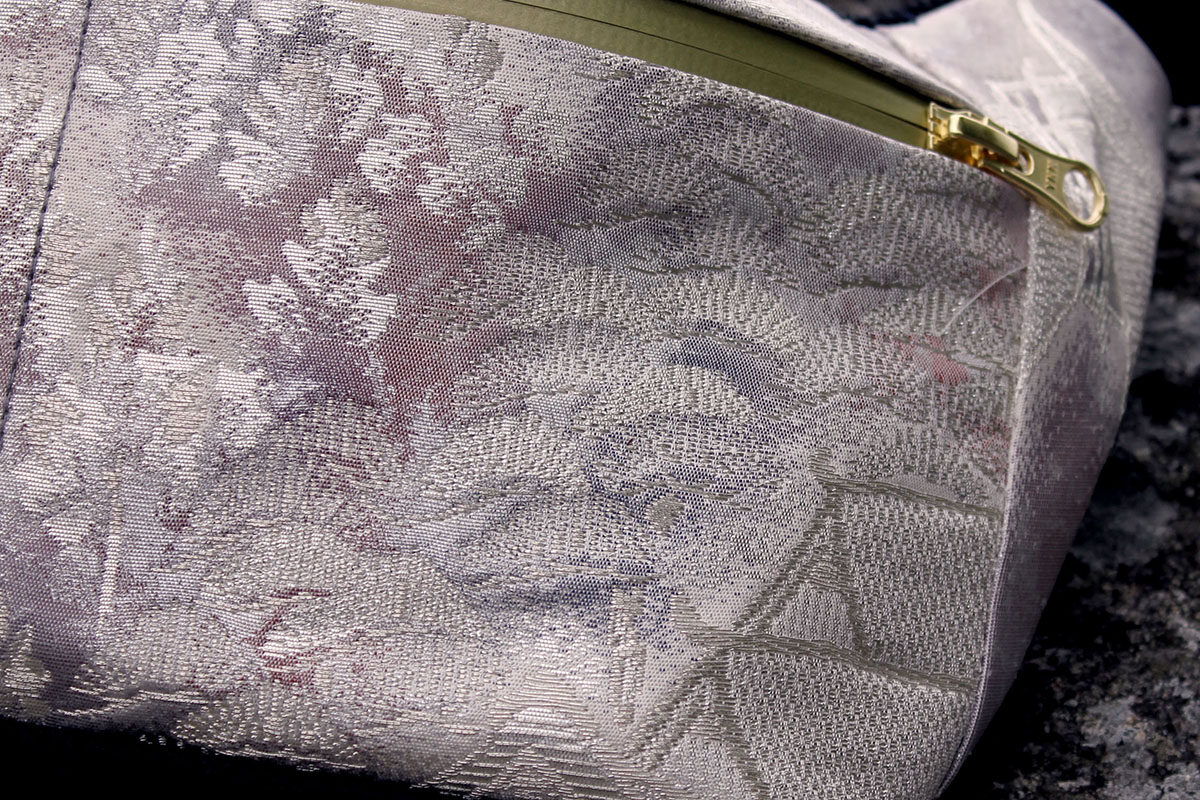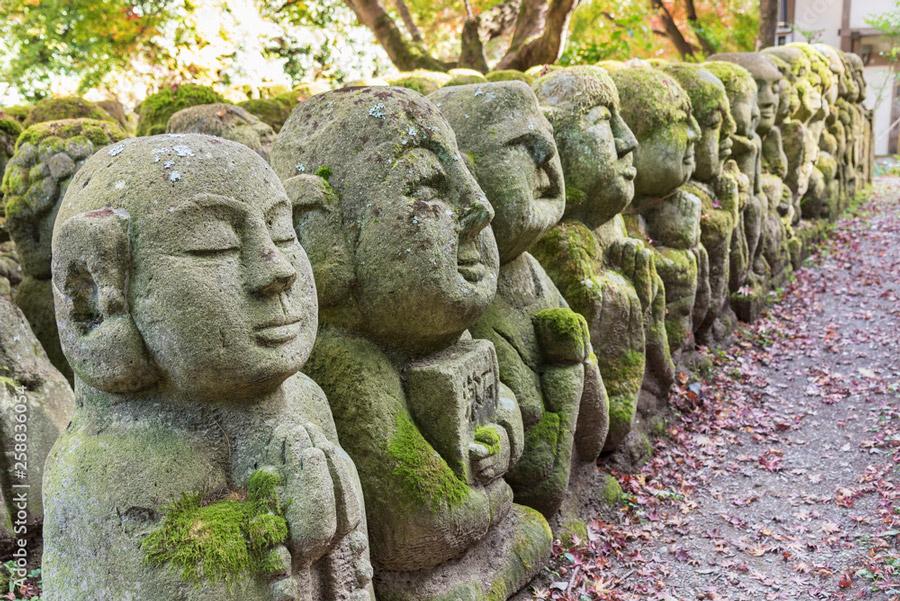The word Kimono is a relatively new term, only being adopted in the 19th Century. Still, the garments and textiles have existed for centuries, and globally the term refers to a T-shaped gown with wide sleeves, tied by a sash belt or an obi.
The Kimono has a huge cultural history in Japan and has swung between the lower classes and the rich. The patterns and fabrics indicated where you stood in Japanese society and, even now, can denote whether the wearer is married or not.
Where it all began

Originally, Samurai women had precise rules on what they could wear, which included Kimono. However, as they were so restricted, the styles stayed regimented, so it wasn’t until the rich upper middle classes adopted Kimonos which started to really embody a status symbol.
Over time, the fabrics became more lavish, and the patterns were more of a statement. Courtesans would set trends that would filter down the classes. At the time, Japanese society was locked into a rigid hierarchical system, so when it seemed like these rich middle classes were getting a bit too big for their boots, laws were changed to restrict certain colors of dye and fabrics.
This meant the way to show off status through a kimono was now down to the details. Patterns became much more intricate and held a lot more significance. There’s always been lots of superstition wrapped up in the patterns, and it’s believed certain motifs would bring good fortune to the wearer. For example, an image of a crane is one of the most popular designs and represents longevity, based on the belief that cranes inhabit the land of immortals.
It wasn’t until such restrictive laws were eventually repealed that the geisha began experimenting with much more elaborate styles and colors. The colors hold significance as they are believed to be linked to the medicinal properties of the materials used to dye them. In addition, certain colors suggest certain things – like purple to represent undying love.
A lot of the perception of the Kimono worldwide has come from the geisha that traditionally wear more lavish Kimonos, alongside kanzashi (hair ornaments) and wigs. In this context, the patterns and fabrics would denote the season and the seniority of the geisha, almost as a uniform, where a more junior geisha would have a red collar. In contrast, a seasoned geisha would have a white-collar.
Although Kimonos are unisex and have been worn by both men and women throughout history, the geisha styles have been firmly planted into women’s fashion, inspiring a whole host of modern looks.
Kimonos today

Nowadays, Kimonos don’t appear as frequently in everyday life in Japan. The traditions and rituals associated with wearing a Kimono can be seen as more cumbersome and difficult to present casually. There is a huge range of styles for Kimono that vary depending on the occasion. Although casual Kimonos exist, they tend to be made using lower-quality fabrics and hold less cultural significance. Plus, western fashion really started to take hold in Japan after the Second World War, and the diverse style subcultures started to grow across the country.
Modern interpretations of the traditional Kimono from outside Japan have generally missed the mark, too. While there was a phase of them being recreated in fashion across the world, they tended to ignore the history and cultural significance of the garment.
Clémentine Sandner, a French designer, based in Japan, has been breathing new life into these beautiful fabrics through her business – Mikan. She takes traditional kimonos and obi’s, which she transforms into bags, allowing the fabric’s preciousness to be upcycled into something more functional that is used every day without diminishing cultural history. She also teaches workshops to show how to make her products so that the fabrics aren’t lost to landfills, allowing these beautiful materials to see the light of day once again.
“I was interested in recycling materials before I was even interested in fashion. So when I moved to Japan in 2014, I was looking for some local fabrics to reuse, and I found piles of sublime kimono silk in the flea markets of Tokyo,” she explains.
Clémentine learned to sew from her grandmothers, with her very first upcycling projects coming out of necessity. When she couldn’t afford the fabrics to create her own clothes, she worked with old materials to make something new. When she left fashion school, this was the ethos that she carried with her, vowing to only create her accessories from old materials instead of buying new fabrics.
“What I really love about kimono, and in Japanese arts in general, is the presence of natural elements and the unexpected mix of colors. It’s fascinating to see how much nature is a never-ending source of inspiration for [the] Japanese aesthetic,” she says.
Her materials include irreparable kimonos, including those discarded despite being beautiful and in good condition. She sees it as challenging to take delicate silks and transform them into pieces that don’t need to be saved for special occasions.
She commits to quality, testing out new products, and focusing on what will be functional, especially when using fabrics that may have lost some of their durability through years of wear.
Her end product is an incredible fusion of modern fashion bags in delicate fabrics with the beauty of traditional prints as the main feature. Mikan provides all the styles you need, from bum bags to clutches to over-the-shoulder bags, with glamorous elements of metallic trimmings and chain straps to complement the fine detail only a delicate hand can produce.




Japanese Kimono Still Valued
The decline in Japanese people wearing the full kimono has only served to make them more precious and in need of being preserved. But, of course, they are still worn across the country on special occasions like weddings and festivals. Still, Clémentine’s designs allow those treasures to be carried in everyday life through a subtle nod to the Japanese heritage of garments and traditional designs.
For more about Clémentine and her amazing designs, check out the Mikan store and Instagram for regular updates, including snaps of her amazing journey across Japan.




















































